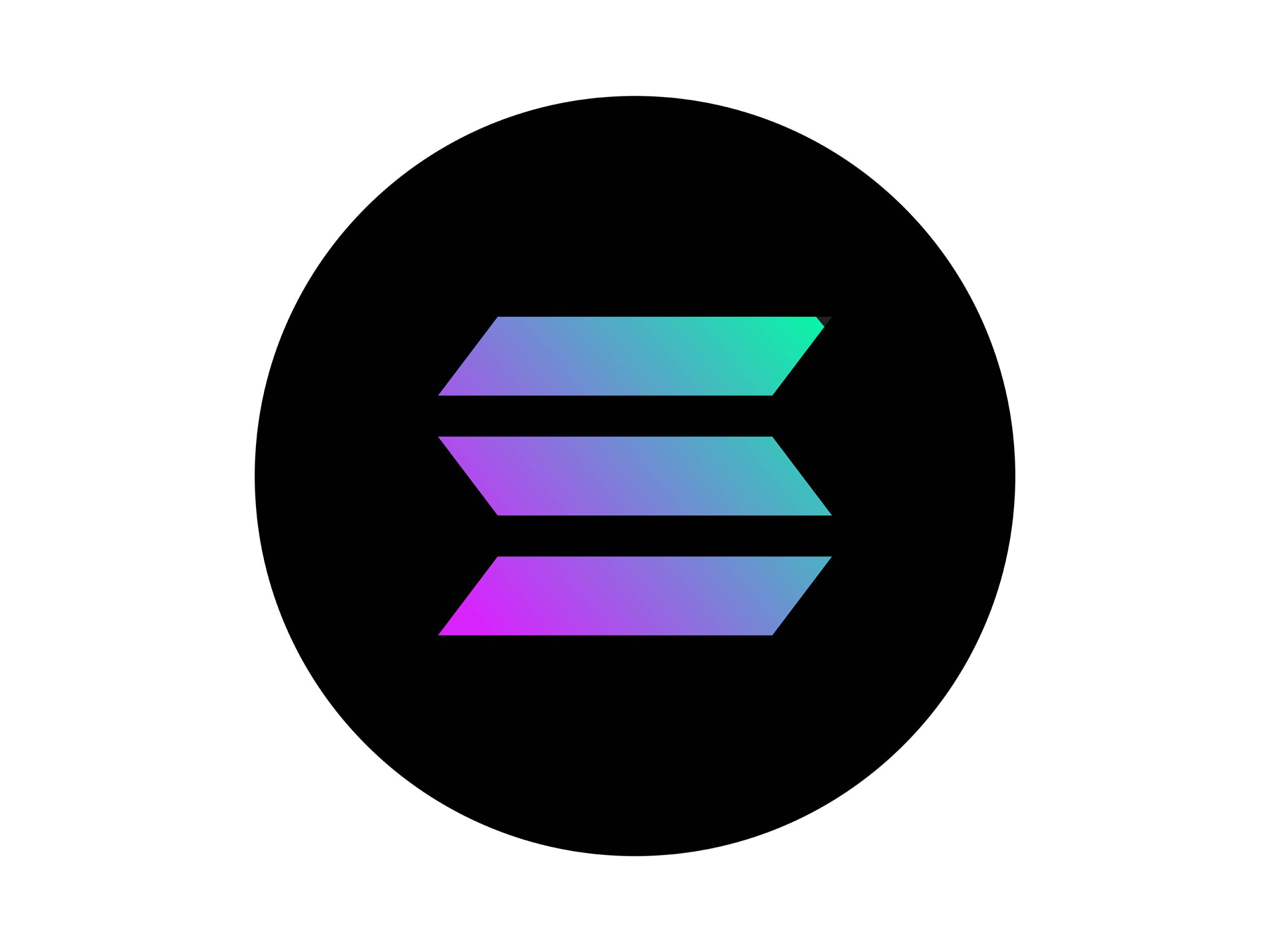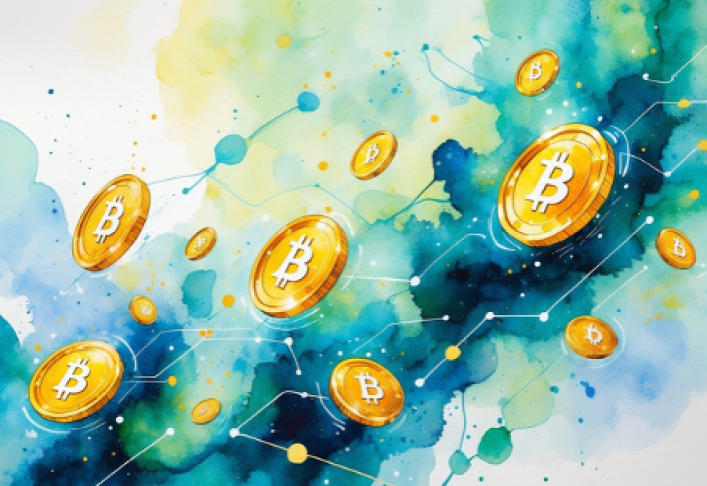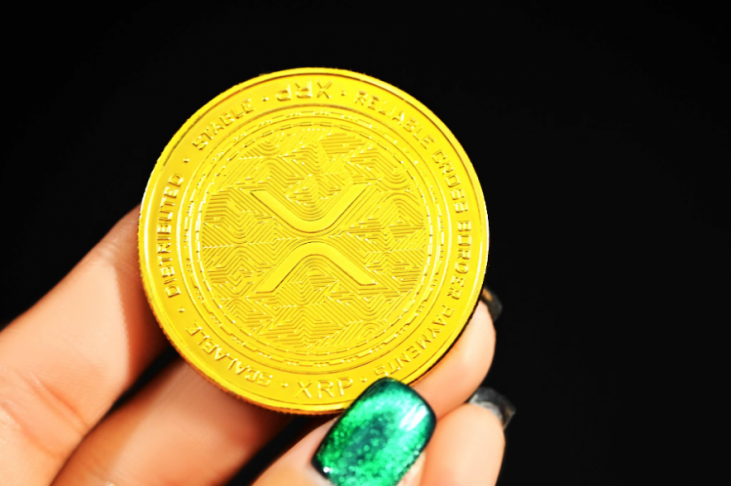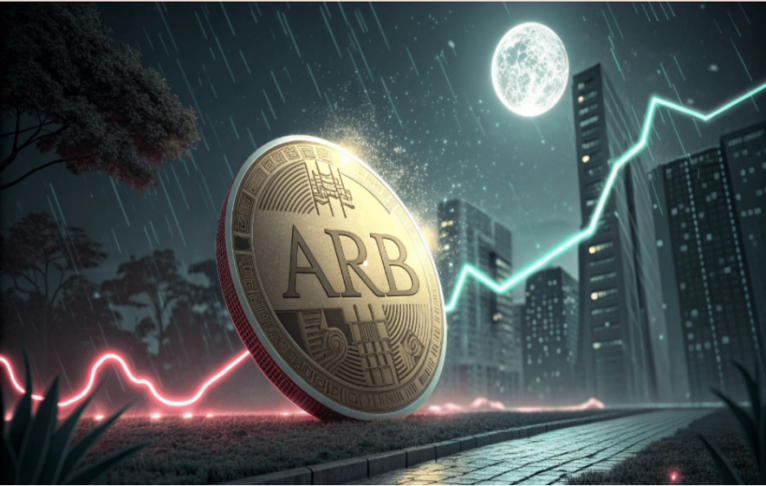Why Ripple’s XRP Is The Future Of Cryptocurrency Technology
Dec 15, 2018, 5:55pm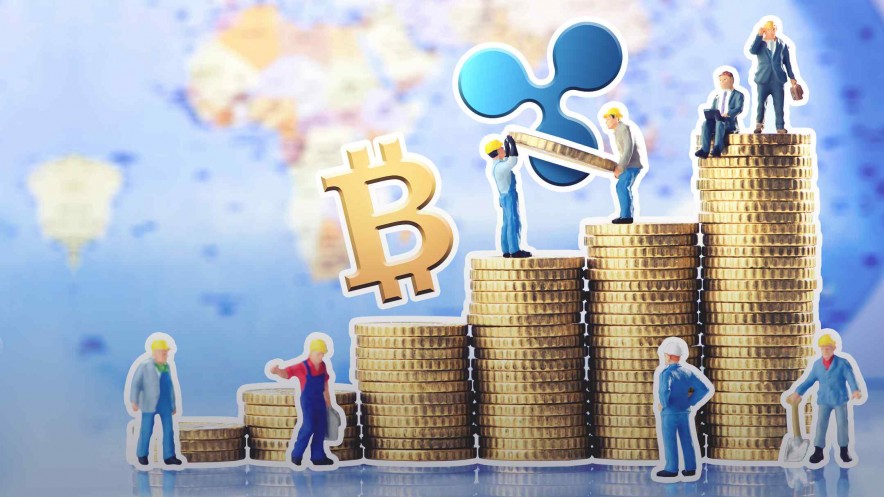
We examine XRP’s unique approach to crypto technology, and how an enterprise-level crypto could be exactly what is needed to keep crypto alive.
With crypto market caps shedding billions of dollars in value since the feverish bull run of early 2018, it is clear that many are beginning to doubt if the cryptocurrencies of today will still be around in the financial markets of tomorrow. Bitcoin, recognized as ground-zero for the crypto-revolution, is currently worth only ~20% of its All-Time High (ATH) of ~$19,000 USD, and the BTC / USD value continues to fall at a dramatic pace. This trend can be seen across the entire crypto market, as cryptocurrencies fall-short of their promises to become legitimate payment systems, independent of the traditional financial networks, and outside the guiding hands of regulators.
While the current downward trend is strong, the market hasn’t lost enough value to write the concept of cryptocurrencies off. In fact, the total market cap of all cryptocurrencies right now is still higher than it was 18 months ago, and development in the space has never been greater. The market still holds a lot of potential, but there are some massive obstacles keeping the space from maturing. Of course, bad press, negative hype, and volatile prices are always seen as driving market values down and slowing progress in the blockchain space, but these factors are merely by-products of a bigger problem. The real problem facing the cryptosphere today is the concept of adoption.
“Adoption” isn’t achieved by simply convincing people to use cryptocurrencies (although, that is a big part of it), “adoption” requires institutions, governments and even developing economies in order to be realized.
Think of the money in our bank accounts: It’s tangible, trustworthy, stable, and accepted worldwide. We perceive fiat currencies as relatively secure behind the firewalls and vault doors of our banking institutions, and while somewhat slow and clumsy, we can trade our money with absolutely anyone, regardless of their ability to use a computer or understand a smartphone.
Why is this fiat money so easy to use?
Because it is widely accepted as a trustworthy representation of value.
Why do we trust its value?
Because our governments, financial institutions, and societies have spent hundreds of years building and verifying a network of trust around these currencies.
The more we examine how our current currency system works, the more obvious it becomes what true “adoption” will have to mean for cryptocurrencies. Cryptocurrencies will have to become trusted by everyone, everywhere, ubiquitously and without fault, including governments, banks, and struggling economies with limited access to technology. While the trustless algorithms and lightning fast immutable ledgers inherent to cryptocurrencies are extremely useful to bolster exchange both domestically and globally, they are not sufficiently regulated or trusted by most governments in order to be used on a broad scale, nor are they easily understood by the majority of people who exchange value on a daily basis. If these independently developed private currencies are ever to find a purpose in our society beyond that of a speculative store of value, they will need to integrate with our existing trust networks, or humankind will have to completely revamp how we look at money.
Ripple: A Crypto For Everybody
There are a few platforms out there that aim to cater to the concept of “adoption” by integrating crypto technology with existing financial networks and regulations, rather than trying to redefine them. One of the most well-known is Ripple Labs Inc., a company that looks to combine the robust and unique advantages of blockchain-based FinTech solutions alongside the established trust networks individuals and businesses have used for centuries.
Most members of the crypto community confuse Ripple Labs with XRP, the company’s digital asset. XRP is a token designed by Ripple Labs primarily for enterprise use, not peer-to-peer trade like Bitcoin, and it primarily offers institutions the ability to “source liquidity for cross-border payments”. Of course, the token and respective payment network are still in their infancy, but many investors do purchase the XRP token as a speculative asset at this time. The XRP token uses consensus to determine the state of transactions on its digital ledger, rather than proof-of-work like Bitcoin or Ethereum. Right now, the Ripple network is not diverse enough to consider its ledger “decentralized”, but as time moves forward, more validators will become present on the network, and, in theory, eventually the ledger will become much more diverse than that of Bitcoin or Ethereum.
Ripple Labs’ XRP token has taken crypto markets by storm, recently (briefly) surpassing ETH as the 2nd most valuable digital asset in the world by total market cap. With many crypto-purists calling out Ripple for going against the ideologies on which Bitcoin is founded (namely the creation of a payment system independent of central banks), XRP nevertheless continues its march towards the top of the crypto charts, and to some, it’s easy to see why. XRP caters to banks and businesses who are looking to improve how they exchange value across the planet by providing them with a relatable and familiar process. Ripple also pushes regulators to understand the advantages of crypto technology without trying to remove them from the equation, through thoughtful collaboration and relatable lobbying practices. In a recent questionnaire with the International Monetary Fund’s (IMF’s) Deputy General Consul Ross Leckow, Ripple CEO Brad Garlinghouse used the ASEAN as an example of how he believes regulatory clarity can be a key component for the adoption of blockchain technology.
Regulatory clarity has a huge ability to drive digital asset and blockchain adoption. It is surprising how many markets still have uncertainty. But, in ASEAN, the regulatory environment for blockchain and digital asset technology is clear. […] In particular, Thailand has introduced a framework that balances consumer protection with innovation. It legalizes several digital assets, including XRP, and provides clear and explicit guidelines for outside blockchain companies to operate. This clear regulatory environment makes it easier to apply blockchain and digital asset technology to solve real-world business use cases.
/ Brad Garlinghouse, Ripple Labs CEO
Crypto Is About Making Money Better
Although the case for Ripple’s unique approach to adoption is often lost in a nascent world of crypto-ideologies, the project is undoubtedly pushing an agenda that aims to utilize blockchain technology to improve how the world exchanges value, and isn’t that the ultimate purpose of why the technology was developed in the first place? Crypto isn’t about loyalties to a particular project, overthrowing the government or “mooning” your way to becoming a billionaire, it is about making money better; this is what Satoshi intended with Bitcoin, this is what Ethereum is trying to achieve with regard to agreements and transaction systems, and this is what XRP is actively achieving with the money we already use.
For the crypto-purists who believe decentralized, trustless systems are the only way to dissolve the problems with our current monetary system (like inflation, corruption, financial collapse etc), these individuals should consider that any application of blockchain technology in our financial system is a good thing. Ripple’s efforts could help increase transparency, provide better oversight, and eliminate inefficiencies, potentially bringing about the exact paradigm shifts crypto-purists hope to achieve, without entirely erasing the financial systems humankind already has in place. In the end, the evolution of money will be slow and will include the regulatory practices and institutions we have developed as a society, this is non-negotiable. If the concept of a global cryptocurrency is ever to be fully realized, the most important factor will be adoption, and therefore, any project that tries to pursue adoption as their core ethos will likely lead in the years to come. At present, Ripple Labs is pushing the adoption of blockchain technology into the offices of leading financial institutions and is giving regulators the opportunity to understand and help shape the future of blockchain-based financial exchange. This is an agenda that could likely land Ripple’s XRP the top spot on crypto charts, and potentially provide the entire crypto market with the opportunity to grow beyond its current state of a relatively unstable ecosystem fraught with toxic tribalism.


